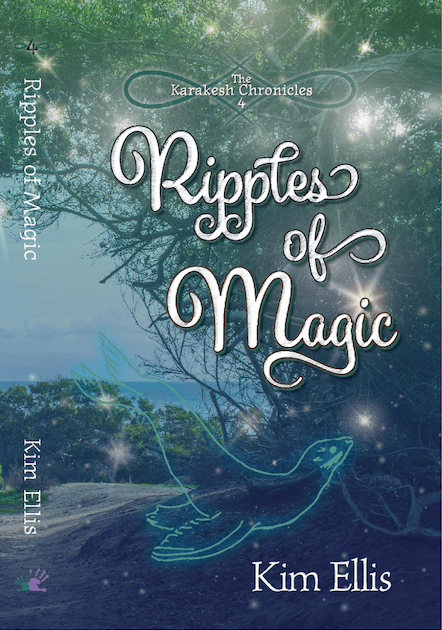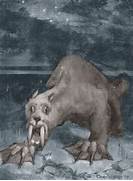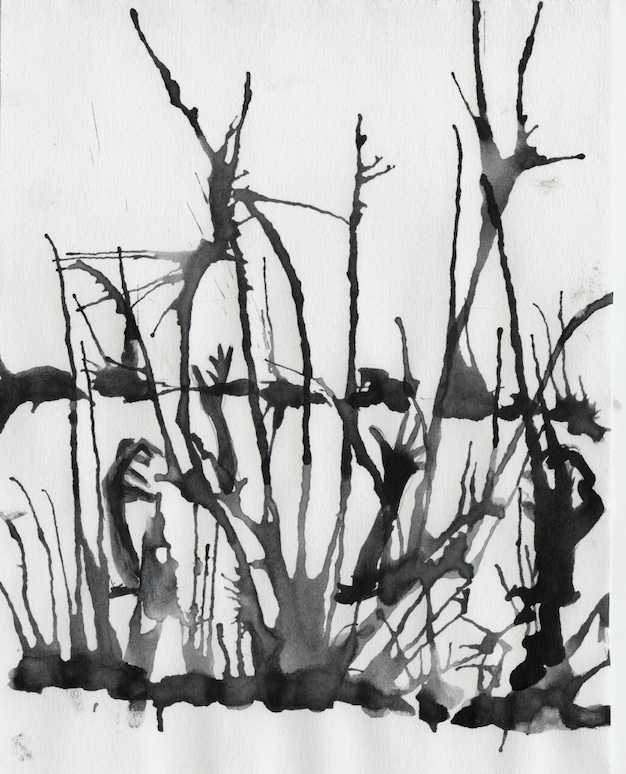(reposted from December, 2020)
*

*
I found this in my blog archives. A little humor in dark times.
Last week my wrist wasn’t working right, so I took my arm to the Body Shop.
“What seems to be the problem?” Dr. Scott asked.
“It hurts when I start in the morning. Sometimes it just locks up completely. I’m having trouble lifting things and opening jars.”
Dr. Scott manipulated my wrist. “Hmm, I’ll need to get in there and have a look,” he said. “We’re kind of backed up here today. One of the techs called in sick. Can you leave the arm until tomorrow?”
“Uh, not really. I kind of need it for holiday cooking. Can you give me a loaner?”
“Sure can, but this is all I’ve got left,” Dr. Scott said. He reached under the counter and brought out a man-sized arm. It was covered in curly black hair. The underside was tattooed with a skull and lightning bolts.
I eyed it with distaste. “That’s all, huh?”
Dr. Scott shrugged. “Yeah, sorry.”
He helped me snap the arm into my shoulder socket. My sweater barely stretched over the bicep. A few inches of hairy wrist stuck out below the cuff. I had planned to stop at the deli on the way home, but decided to avoid the embarrassment.
At the house, my husband was reading in his recliner.
“Well, did he fix your wrist?” he asked without looking up.
“Not today. He gave me a loaner. Look.”
“Whoa, that is some heavy duty arm you’ve got there,” he exclaimed. “Cool tattoos.”
“Not cool,” I said. “I’m off-balance.”
“Hey, let me see you flex that thing.”
I obliged with a scowl.
He grinned. “Wow! That’s some bicep! I bet you could help me replace the bathroom faucet,” he said, pushing out of his chair. “Let’s try it.”
Sure enough, the loaner arm had more than enough strength to loosen the rusty bolt. We fixed the faucet. Then I hefted three forty-pound bags of water conditioner salt from the car into the basement. I poured one bagful into the tank. After that, I carried the thirty-pound frozen turkey from the basement freezer into the kitchen.
“I don’t know, honey,” my husband said, “that arm is pretty useful. Maybe you should keep the loaner.”
“Right,” I said. “And I bet this arm can strangle a spouse pretty well, too.”










